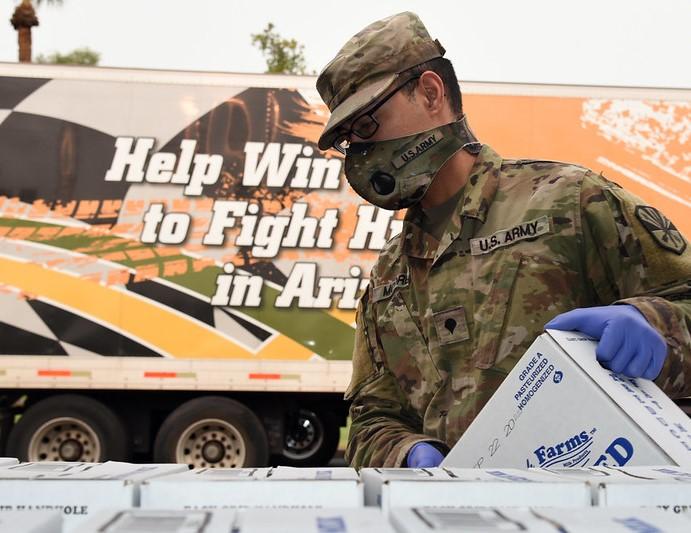A Centers for Disease Control and Prevention (CDC) study published yesterday in Morbidity and Mortality Weekly Report suggests that implementation and enforcement of COVID-19 mitigation measures in Arizona may have slowed spread of the virus 2 weeks later and slashed it roughly 75% over the summer.
On Mar 11, Arizona declared a public health emergency, which included school closures, 50-person limits on gatherings, bans on indoor restaurant dining, and the shuttering of bars, gyms, and movie theaters.
From Apr 1 to May 15, while stay-at-home orders were in place, 154 to 443 daily COVID-19 cases were reported. From Apr 29 to May 11, Arizona officials began a phased reopening of stores, salons, and barbershops and allowed indoor restaurant dining. Stay-at-home orders were lifted on May 15. The Arizona Department of State Health Services (ADSHS) continued to monitor coronavirus patient demographics, community transmission, and hospital capacities.
From Jun 1 to 15, average daily case numbers rose from 808 to 2,026, a 151% increase that prompted local officials to begin instituting and enforcing city and county face covering mandates, affecting about 85% of state residents, on Jun 17.
At that time, state officials also began recommending physical distancing; limiting public events to 50 people; requiring symptom screening at businesses operating at a physical site; closing bars, gyms, movie theaters, water parks, and recreational tubing facilities in counties with COVID-19 cases; limiting indoor restaurant capacity to 50%, with 6 feet between tables; restricting movement outside the home; and asking residents of areas not affected by mandates to stay home and wear face coverings.
Enhanced virus mitigation measures
Average daily COVID-19 case counts peaked at 4,148 to 4,377 cases from Jun 29 to Jul 2, leveled off to 3,609 to 4,160 cases from Jul 3 to 12, and further dropped roughly 75% from 3,506 cases on Jul 13 to 867 cases on Aug 7. Public health measures were then extended to the end of August to further stem virus transmission.
While the authors, from the CDC and ADSHS, said the public health efforts seemed to have successfully stemmed COVID-19 transmission, they cautioned against inferring that they caused the case count fluctuations, that there was universal compliance with the mitigation measures, or that more populous states would necessarily see the same results.
"Enhanced mitigation measures should be implemented by communities and persons to slow COVID-19 spread, particularly before a vaccine or therapeutic treatment becomes widely available," the authors wrote. "State, local, and tribal officials are best positioned to continually monitor data and collaborate to determine the level and types of enhanced mitigation required."




















